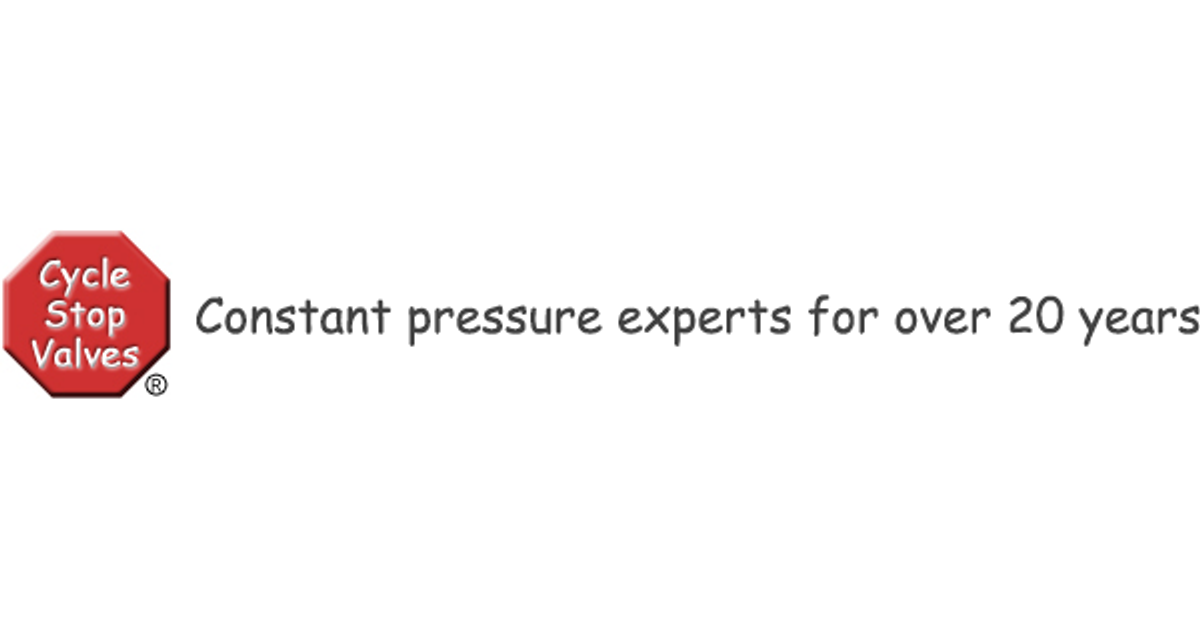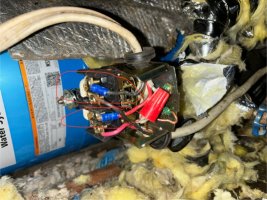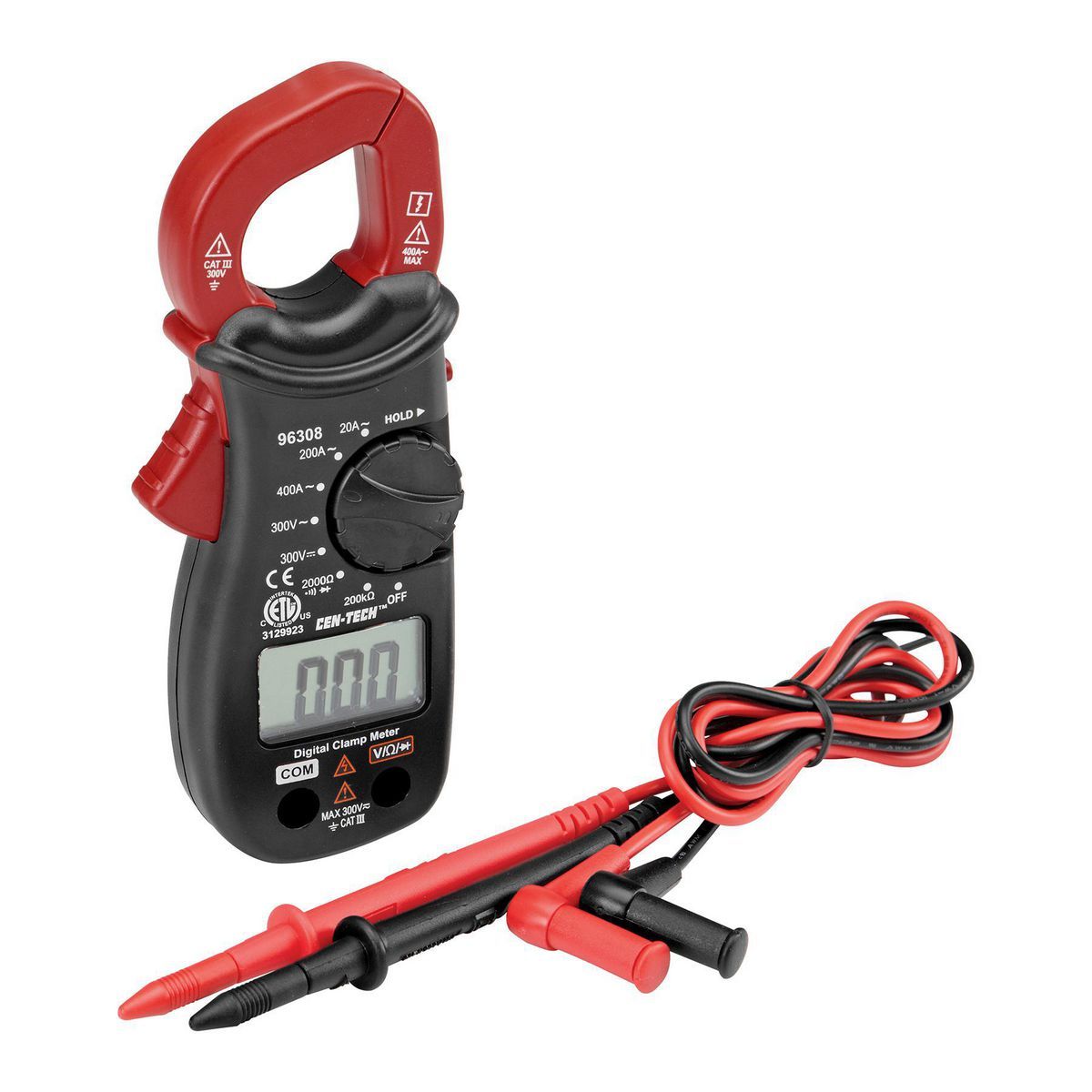Gcprzewrocki
New Member
Hi there! This is a lot of words so I’m sorry but I need some help. So we had a fluctuating water pressure issue (few min high few min lo) Replaced the pressure switch. Saw the old one had burned contacts and full of sediment. Didn’t fix the issue. Went to check that the air pressure in my tank was set to match and water poured out of the air spot. So my tanks waterlogged. Had a plumber come out to replace my tank. Ran water for 5 min went great so I sent him on his way. Went to hop in the shower and got zero water after 15 min. Took 4 min to get water again. So this is my new cycle. Ran the faucet the next hour same cycle. So I watched my pressure gauge and switch. Gauge goes up and up and up pressure switch doesn’t tell the pump to turn off. Maybe the nipples clogged. Cleared out the nipple. Removed the pressure switch to make sure it wasn’t clogged or new contact points burnt. Still looks brand new. And it’s still not working. No clicks. So I’m thinking my pumps just running until it gets too hot and shuts itself off til it’s cool enough to run again and that my new cycle? I cant really find what I’m looking for on google and I’m not a plumber but I am relatively handy. If there was a leak between my pump to my tank it wouldn’t build pressure right? If there’s no clog in my nipple the pressure switch should be reading and clicking on and off right? I don’t want to fry my pump or burst my new tank. So I’ve been using the breaker to turn it off and on when I need water. But I can’t do that indefinitely. And I can’t afford to have the plumber come back. It was an entire paycheck for him to just replace my tank. Please help me figure out what to do or where to look!



